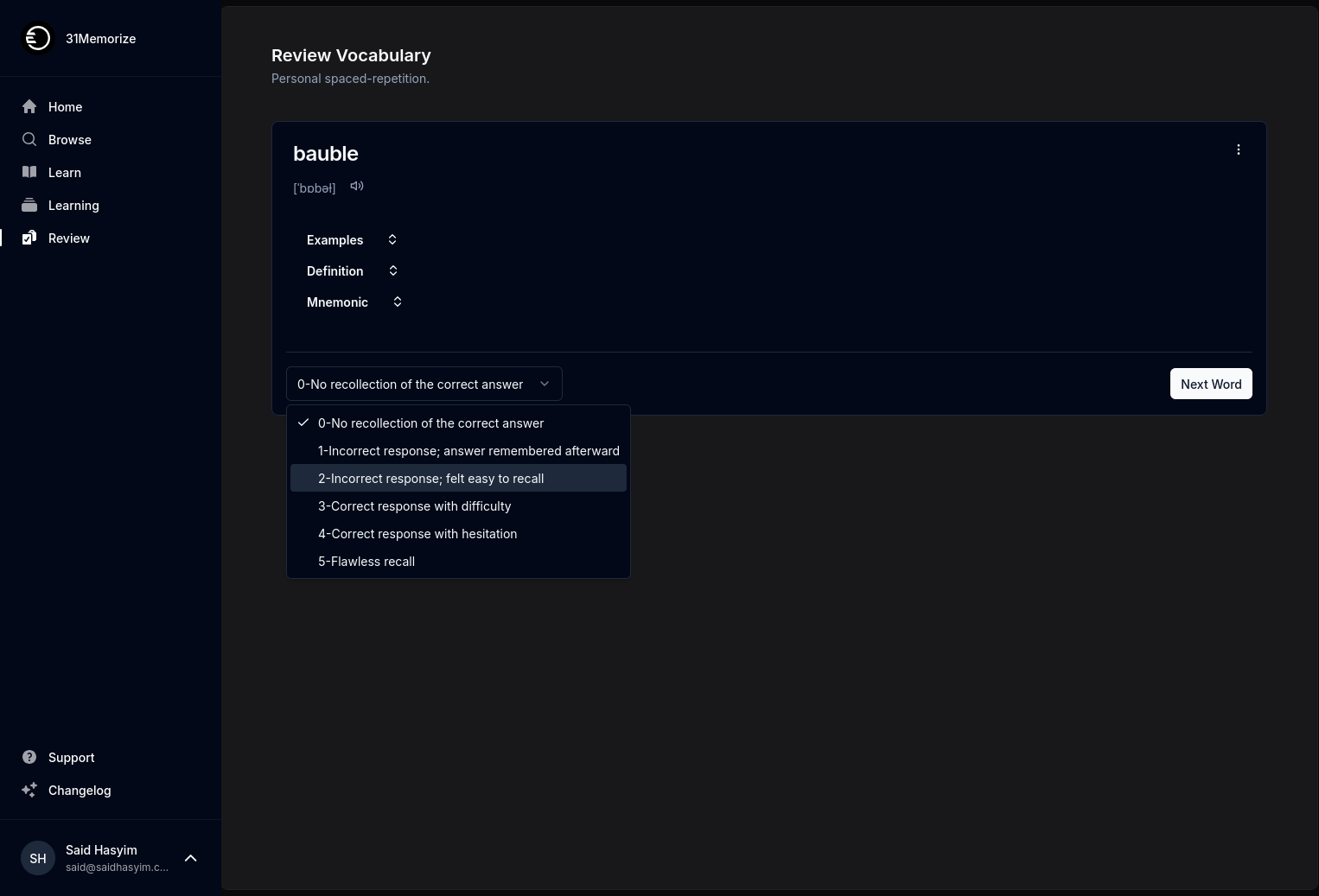Exploring the Connection Between Ratings and Sales
In today's digital landscape, product ratings and customer reviews have become increasingly influential in the purchasing decisions of consumers. The ubiquity of e-commerce platforms has led to an explosion of data concerning product performance that goes beyond just features and pricing; it encompasses the perceptions held by other buyers. This blog post seeks to explore the intricate relationship between product ratings and sales performance.
The Psychology Behind Ratings
The Trust Factor
Consumer behavior is significantly shaped by social proof — the idea that people will conform to the actions and beliefs of others to avoid risks. Online ratings serve as a form of social proof, contributing heavily to a potential buyer’s perception of a product. High ratings can build trust, while low ratings can instill doubt. This psychology suggests that there is often a direct correlation between positive ratings and increased sales.
The Halo Effect
The Halo Effect is a cognitive bias whereby the perception of one positive trait (in this case, a high rating) affects overall judgment. When consumers see a product with stellar ratings, they often assume other qualities, such as great customer service or durability, are also excellent. This can lead to increased sales, as high ratings can expand a product’s appeal in various categories beyond just functionality.
The Data: What the Statistics Say
Correlation Between Ratings and Sales
Numerous studies and market analyses have shown a substantial correlation between product ratings and sales figures. For instance, a study published in the Journal of Marketing found that every one-star increase in product ratings could lead to a significant percentage increase in sales. The difference in revenue generated by high-rated products versus low-rated items can be quite stark, particularly in competitive markets.
Category Variations
The correlation between ratings and sales is not uniform across all categories. Some products may exhibit a stronger dependence on ratings than others. For instance, products like electronics or home appliances are often scrutinized closely, and thus ratings play a more crucial role in shaping buyer behavior. Alternatively, in less technical categories — such as clothing or cosmetics — consumers may rely more on brand loyalty or personal experience than on ratings alone.
The Role of Reviews
The Importance of Detailed Feedback
While ratings provide a quick metric for evaluation, detailed reviews give context to those scores. Consumers often read through reviews to understand the nuances behind a product's rating. This added layer of information can be a critical differentiator; products with detailed and insightful reviews are likely to convert better than those that are only rated high without comprehensive feedback.
The Risk of Negative Reviews
Negative reviews can have a disproportionately harmful effect on sales. Research has shown that one negative comment can counteract the effects of multiple positive reviews. Businesses need to address negative feedback swiftly and effectively to minimize its impact on overall sales. A proactive approach to managing ratings and reviews can enhance customer trust and promote sales growth.
Strategies for Businesses
Encouraging Honest Feedback
Encouraging satisfied customers to leave positive ratings can be an effective strategy for businesses. However, authenticity in customer feedback is crucial; incentivizing customers to leave reviews must be handled delicately to avoid the pitfall of dishonest ratings. Businesses should create an open environment where customers feel comfortable sharing their opinions.
Using Ratings for Product Development
Businesses should actively use customer feedback not just as a marketing tool, but also as a guide for product development and improvement. Understanding what makes consumers rate a product highly or low can provide invaluable insights for refining offerings and addressing market needs.
Monitoring and Responding
Continuously monitoring ratings and reviews is vital for maintaining a solid reputation. Engaging with customers by responding to both positive and negative reviews shows potential buyers that the business values feedback and is committed to customer satisfaction.
Conclusion
In summary, the connection between ratings and sales is a complex yet vital aspect of the modern retail landscape. Ratings serve not only as indicators of product quality but also as influential factors that can significantly sway a buyer's choice. Understanding this relationship is essential for consumers, businesses, and marketers alike.
As e-commerce continues to evolve, the significance of product ratings will likely only grow. Both consumers and businesses must remain mindful of the impact these ratings have on purchasing behavior. By leveraging the power of ratings effectively, businesses can enhance their visibility, build trust, and ultimately drive sales in a crowded market.
In this interconnected world of commerce, ratings are not just numbers; they reflect the collective voice of consumers, making them an important factor in shaping market dynamics. Whether you are a buyer looking for the best value or a business striving to meet customer expectations, the relationship between ratings and sales is a conversation worth engaging in.
